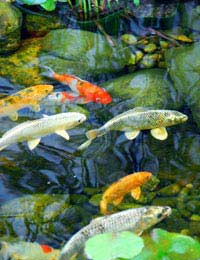 Water quality is the single most important factor in ensuring a healthy pond – particularly if it is stocked with fish – but quality is not the same as clarity. Just because water appears crystal clear and sparkling it does not guarantee that it is good for aquatic life any more than being green and murky – however unsightly that may be – makes it automatically bad. When it comes to water quality, you are not going to get any clues simply by looking; a little bit of science is what you need and the good news is that with today’s readily available and decidedly user-friendly test kits, it has never been easier to do.
Water quality is the single most important factor in ensuring a healthy pond – particularly if it is stocked with fish – but quality is not the same as clarity. Just because water appears crystal clear and sparkling it does not guarantee that it is good for aquatic life any more than being green and murky – however unsightly that may be – makes it automatically bad. When it comes to water quality, you are not going to get any clues simply by looking; a little bit of science is what you need and the good news is that with today’s readily available and decidedly user-friendly test kits, it has never been easier to do.
What to Watch
There are seven main things to keep an eye on – ammonia, nitrite, nitrate, dissolved oxygen, carbonate, pH and water hardness.
The first three on the list – ammonia, nitrites and nitrates – are all nitrogen-containing chemicals and form part of a linked natural cycle, one sort of bacteria breaking down ammonia to form nitrites, which another kind subsequently makes into nitrates. Fish turn around five per cent of the food they eat into ammonia which they then excrete. All three of these nitrogenous chemicals are toxic and if they are allowed to build-up in the pond, will cause serious health problems for the fish – the ideal ammonia and nitrite levels need to be as near zero as possible and nitrate no more than 50 parts per million (ppm). A good bio-filter can do this, making use of resident bacteria to make nitrite and then nitrate – but, although nitrate is the least toxic of these nitrogenous compounds, it is an excellent plant nutrient and excess can feed algal blooms.
Oxygen dissolves naturally in water, though the amount held varies with temperature – the warmer the water, the less it contains, which makes the possibility of low oxygen levels a potential summer problem – precisely when fish require more, rather than less. A good fountain, waterfall or cascade arrangement should help ensure that sufficient is added to meet their needs, but do remember that although plants contribute abundant oxygen to the water during daylight, they also use it at night. If the pond is heavily planted – or green with algae – the combined drain of fish and plants may deplete oxygen levels as dawn approaches, especially if the previous day warmed up the pond.
Different species of fish have their own particular needs when it comes to pH and water hardness – and sometimes the limits can be fairly narrow – and it is obviously important to be sure that the water in any pond suits the specific requirements of its inhabitants. Testing the carbonate levels is helpful because it gives an indication of the stability of the pH; carbonate and bicarbonate ions act as buffers, stopping the acid/alkali balance from shifting too quickly – and fluctuating pH does no good at all to fish of any kind.
Testing
Water quality problems are most likely in a young pond, so testing should be particularly rigorous after the first stocking and throughout the following three or four months, especially if any further fish are to be added. However, even mature ponds can suffer during the spring, as things begin to wake up again – but at different rates – sometimes leading to a short term imbalance, so intensive testing early in the year can also be something to consider if your pond seems to be affected. Once things have settled down, fortnightly or monthly checks may be all that is required even for serious koi ponds – and even less frequently for others. Some things – notably pH and dissolved oxygen – fluctuate naturally over the day, so always try to test at the same time so you can make useful comparisons between your results – which should always be written down. You never know when you might want to refer back to them.
Only with a regular testing regime can problems be spotted before they escalate into a serious threat to the health of your pond and enable appropriate action to be taken. Often remedying the problem is fairly simple if caught early enough, such as cutting back on feeding if any of the nitrogen readings are too high, adding some limestone – a good source of carbonate – to buffer a fluctuating pH or turning up the pump if the oxygen is too low.
It is often said that if you look after the water, the fish will look after themselves, which is a pretty fair comment when you consider that the majority of the health problems – and deaths – in fishponds can be attributed to poor water quality. While it may not be so critical to get the chemistry just as spot-on for wildlife or plants, for instance, as it is for koi, the same principle applies; healthy ponds need good water quality – the science is as simple as that.
Last Modified: January 25, 2022

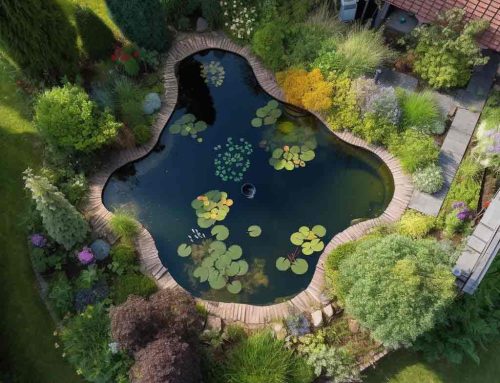

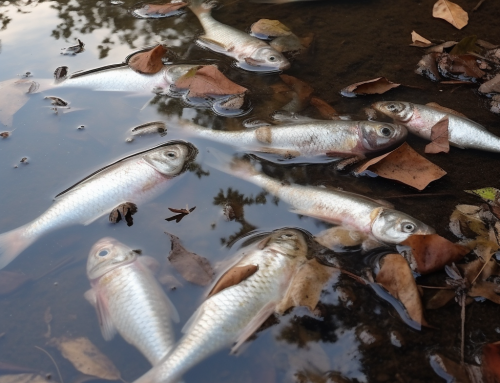

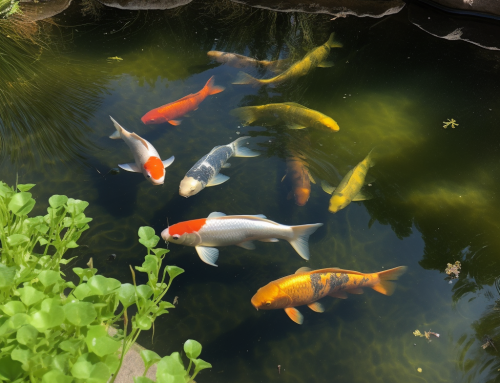

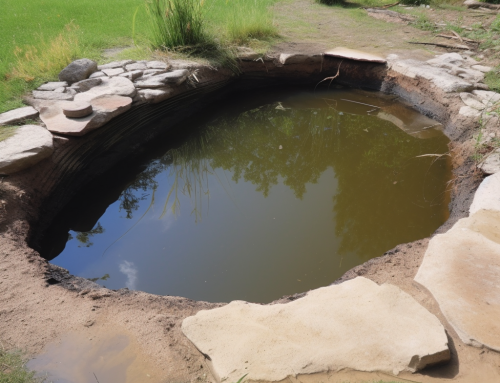
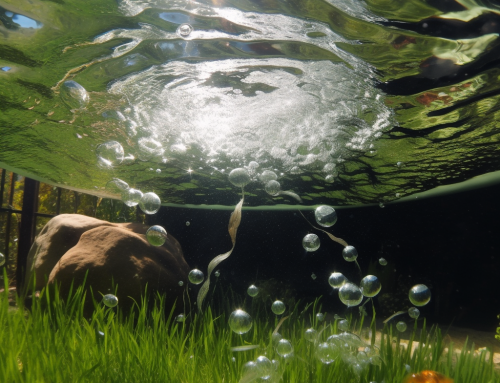
Hi Built a wildlife pond in the spring 9mx7m and 2m deep, no fish. Put lots of plants in it and oxygenators. Had lots of interest from dragon flies and beetles etc over the summer, but now it’s looking sad….the plants are dying and the insects have left there is no life there at all. pH is fine about 7.5 I am guessing that for such a big pond with no fish it has run out of nitrogen to feed the plants……? They are just dying and forming a brown sludge on the bottom. Water is clear and there is no added soil. Any thoughts? Shall I just wait till next year and see what happens? Can I add nitrogen? Seems nuts when everyone needs is talking about how to reduce it. Or could it be another problem? Cheers
Most of the time ponds are not cycled yet when fish are added. They turn the water green or fish gasp for air at the top of the pond water. This happens every spring for when winter comes around it kills off your live bacteria so you have to start all over. I search everything I could when it happened to me. What I found out was it was nature taking its course. Don’t be scared if you live in a hot area add some shade to your pond. Also everyone should be using a good source of live bacteria weekly until your own bacteria is grown and can keep up with your fish growth. Bacteria dies off so it’s up to you to add more and keep it growing. Plants are a must how you add them is your choice. I did a bog ( plants covered in rock pebbles and closed off to the fish)with a uv light that is on 24-7 water travels through it and returns to the pond creating a waterfall effect.
My 500 gallon pond was clear & fish were healthy although overstocked, The liner failed & had to fit a new one the fish were removed into a small tank.The liner fitted & filled with water, A new pump,filter cleaned I had no choice but to put the fish back in or get rid of a lot of them [There was about 40 4-6 inch & 60 1-2 inch] so they all went back in.As you would expect it went green this was in june 2015.I For a start i left the pond alone I then cleaned the top two filter media with pond water then i tried using some blagdon pond clear over the last five weeks, but no luck.I have just tested the water with some test strips. Hardness was 30ppm, Alk 80ppm PH 7.5 Nitrite 0 Nitrate 0 Anybody any ideas??
need help with my pond green film all over pond
Hi. the water in my small pond started to smell. The gold fish were “gasping” at the surface. I improved filtration and am running a fountain The smell persists but the fish are no longer gasping. The water is relatively clear but we experience Algae problems. The water lillies pretty much cover the surface so I hope the algae problems are not going to materialise. I am wondering wht else I can do?
My pond is 3mtr by 2.7 mtrs and 3.5 feet deep. I have koi and gold fish around 90 in there somr koi are around 10 to 12 in lobg. Can you help with some info my pond is never clean all ways like pea soup i do have 2 air bricks and a water pump and fillter . Can you help please
What range of total hardness is acceptable for goldfish in a pond. What range of pH is acceptable too. Will a large chalk rock in the pond be a good idea?
my pond is new and was filled about a 2 months ago. The algie has gone but the water remains very brown, will this clear in time. It is a wild life pond and I have put oxygenters in. Any advice would be useful. Thanks, Terry Willett.
I can’t seem to get my pond water clear. I’ve vacuumed the silt from the bottom, I’ve got a little string algae but not a lot, I’ve got a new uv light and backwash the pump regularly. I use microbe lift pl weekly and have done a water change out. Could it be the size of my fish? I have 3 koi that are about 15-20” long and my pond is about 500 gallons. It is a cement wall pond and I have a pop up tent over it that shades it most of the day. What am I doing wrong?
JR Try using a UV light. The pea soup water is just floating bacteria (algae). Just do some research on what size you need for the pump you have. That well clear up your pea soup water in 3 to 7 days it takes awhile but it works. The UV light should be left on day and night until you get your water under control. After that it’s your choice to keep it on or off just remember if it recurs just turn it back on and change something you are doing. 1). to much food and not taking out the extra left behind by fish 2). Filter not big enough for bioload add plants or a bog do research on this. 3). To much sun add some shade